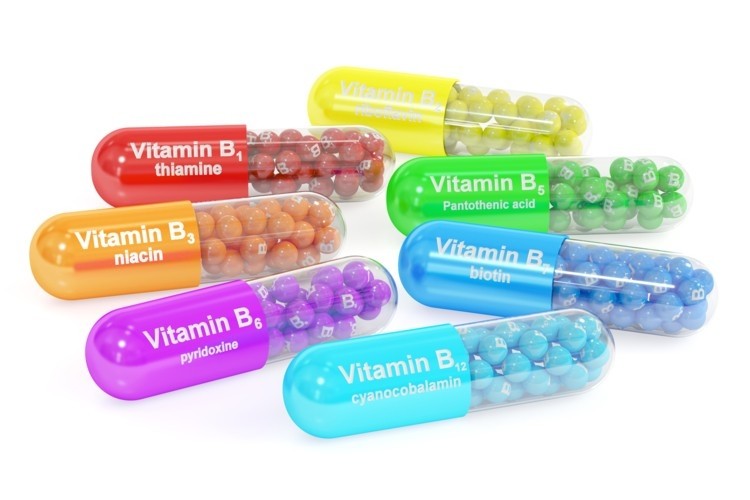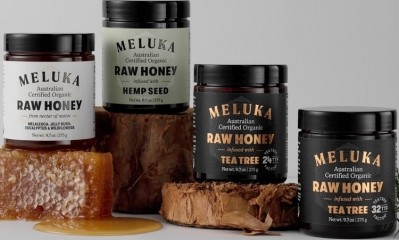Age, gender, and vitamins: Older males have lower B12, B6 level post-supplementation

In particular, older males have a lower vitamin B12 level when compared to younger males and older females, indicating an age and gender-based response to vitamin B12 supplementation.
However, when it comes to vitamin B6, both older males and females have reported a lower serum level post supplementation, indicating an age-based response.
The study was conducted by researchers from the University of Auckland, Riddet Institute, High-Value Nutrition National Science Challenges, AgResearch, University of Otago, and Singapore’s Agency for Science, Technology, and Research (A*STAR).
Findings of the study was recently published in Nutrients.
While the results could imply higher B vitamin substrate for older people, especially older males, the researchers said further work was needed to find out the reasons contributing to responses towards B vitamins supplementation.
The open-label, single-arm acute parallel study involved 20 young adults between 19 to 30 years old and 20 older adults between 65 to 76 years old.
They were required to take in a single Centrum multivitamin tablet, as well as a breakfast meal consisting of white bread, butter, honey, apple sauce, and orange juice.
Blood samples were then collected before the meal, and hourly for four hours after the meal and supplementation were taken.
The purpose was to measure the maximum concentration of vitamin B12, B1, B2, B3, B5, B6, B7, and folic acid and find out any difference between subjects from the two age groups.
Aside from blood serum level, the study also measured the B vitamin levels present in the subjects’ urine.
Lower B12
Findings showed that older men had a lower maximum concentration of vitamin B12 level in their blood serum after supplementation.
Before supplementation, older men already have a lower level of vitamin B12 as compared to younger men and older women.
After supplementation, vitamin B12 concentrations did increase after one hour of ingestion across all subjects.
However, the increase was lesser in older adults.
Older adults reported a maximum concentration of 493.88 ± 176.07 ng/mL of vitamin B12, while younger adults had 601.26 ± 164.43 ng/mL.
This is consistent with the researchers’ hypothesis that post-meal vitamin B12 bioavailability is altered as one ages.
At the same time, there was also a gender dimension to it, with the researchers highlighting the lower maximum concentration of blood serum vitamin B12 is lower in older men.
“Postprandial serum vitamin B12 concentrations differed between age groups among the males and between sexes among the older group, with lower increases in older males (age × sex interaction; p = 0.007) than younger males (p = 0.002) and older females (p = 0.019),” the researchers said.
This echoes previous findings, where age and sex-dependent variations have been previously reported, with lower vitamin B12 reported in older adults and men.
However, aside from maximum concentration, the total amount of vitamin B12 in older males did not differ significantly from the younger males and older females.
“This study demonstrated that older men had a transiently different vitamin B12 response, with suppressed supplement-mediated increases compared to older females and younger males and females, but this did not impact the area under curve (AUC) over the 4 h studied,” the researchers said.
They added that the significance of the finding for long-term vitamin B12 status in older males is unclear.
Lower B6
On the other hand, older adults have a lower post-meal blood serum concentration of B6-vitamers pyridoxine and pyridoxal 5’-phosphate (PLP).
For instance, they had a lower AUC of postprandial plasma pyridoxine (p = 0.02) and pyridoxal-5′phosphate (p= 0.03) forms of vitamin B6.
Since the urinary excretion of pyridoxine was lower in older adults, the researchers added that malabsorption, rather than greater excretion of absorbed pyridoxine, may be one possible explanation for the lower level of pyridoxine.
The researchers believe that the malabsorption could be due to age-related enzymatic conversion as well.
On the other hand, older adults have a greater increase in thiamine (vitamin B1), pantothenic acid (vitamin B5), and riboflavin (vitamin B2) after taking the multivitamin.
While the findings may suggest that older people have higher vitamin B6 substrate requirements, further research is required to understand the need for long-term supplementation.
This research was funded by AgResearch Ltd. through the Strategic Science Investment Fund (SSIF) Project “Nutritional Strategies for an Ageing Population”, Maurice and Phyllis Paykel Trust, and a Faculty Research and Development Fund from the University of Auckland.
Source: Nutrients
Circulatory and Urinary B-Vitamin Responses to Multivitamin Supplement Ingestion Differ between Older and Younger Adults
DOI: https://doi.org/10.3390/nu12113529
Authors: Amber M. Milan et al


















